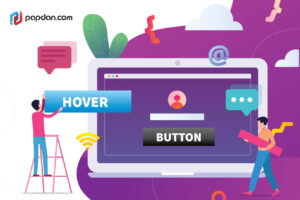Perhaps we have seen some big brands holding big events involving popular actors or singers and on TV too. Do you think it was just spontaneous? No, it wasn’t. Everything in a business is always planned. From marketing, management, finance, events, website building, web development and even web design are all planned. Planning is obviously important when it comes to business because not only will it direct you to the right path in your business, it will also improve your business. However, writing a business plan is not something you could do with your eyes shut. Those events you have seen on TV were carefully and thoroughly planned and all rocket science. Therefore, don’t think that writing a business plan is a mere bagatelle. In order to produce ideal and creative business plan, one has to know how to write the right way. Find out how in this article!
First of all, before we dive into the real deal, what is exactly a business plan? A business plan is a document that describes your business, your products or services, how you earn or will earn money, your staff and their leadership, your finance, your operations model and many more important details for your business success. Why is it important to write a business plan? Writing a business plan is essential because it will be very useful for you when it comes to evaluating ideas, researching, recruiting, and even partnership as well as competitions. When you are running a business, you need to be always creative with ideas, but ideas should also be examined. You have to know what percentage of success those ideas will bring before you agree to include them in your plan by conducting your own research on the market, your business capability, your staff, your investors, your competitors as well as your target audience.
So, how to write a business plan? When writing a business plan, you have to do certain steps before getting ahead with the list:
- Know your target audience
- Invest time in research
- Have a clear goal
- Keep it short and straight to the point
- Be consistent with the style, tone and voice
Once you have set your goal, identify your target audience and know what to conduct a research on, you can start making your business outline. Starting your business plan with a structured outline and key details about what you’ll include in each section is the best first step you can take. A business plan outline should include:
- Executive summary
- Company overview
- Market analysis
- Products and services
- Marketing plan
- Logistics and operations plan
- Financial plan
The key important details that should be included in a business plan are:
- Business concept. What does your business do?
- Business goals and vision. What does your business want to achieve?
- Product description and differentiation. What do you sell, and why is it different?
- Target market. Who do you sell to?
- Marketing plan. What will you do to reach your customers?
- Current financial state. What do you currently earn in revenue?
- Projected financial state. What do you foresee earning in revenue?
- The question. How much money do you need?
- The dream team. Who’s involved in the business?
- Potentials in the market. How big is your business potential in the market?
When you already set your goal and vision, you write down your ideas and make a plan to test them. If a plan is built through strong and clear research results as well as good prospect towards the business future, you can write the best business plan for your company. If you are still confused about your business plan, do not hesitate to contact us and let our awesome team help you.


